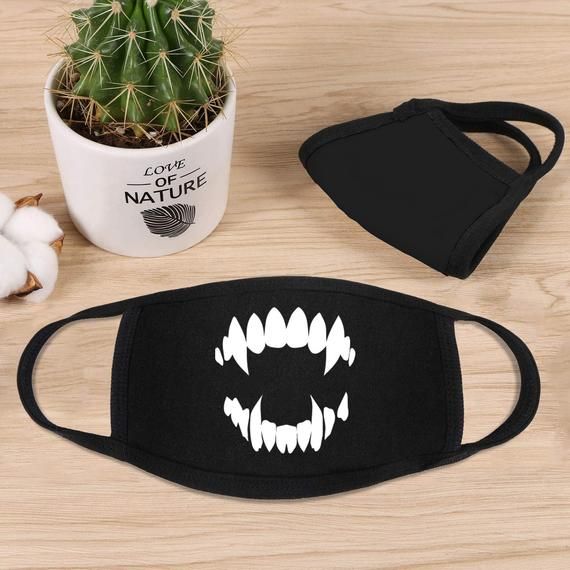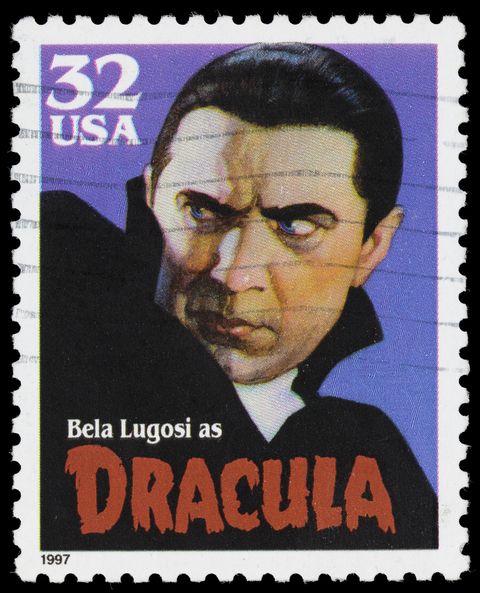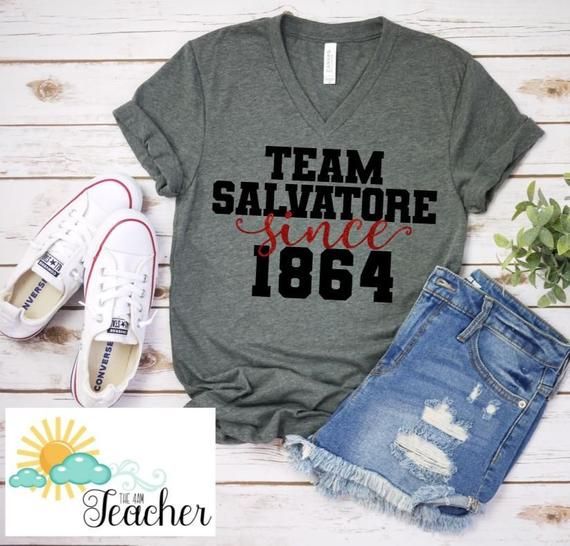Do People Continue to Search for Vampires
You don't have to look very hard during the lead up to Halloween season to notice something: Vampires are everywhere. From vampire movies (ahem, Interview with the Vampire, anyone? Buffy the Vampire Slayer?) and television shows (we're looking at you, The Vampire Diaries fans!). That's not even mentioning the countless vampire books. (Twilight might have a whole smorgasbord of copycats, but to get good and scared, try a classic: Stephen King's Salem's Lot.)
And whether you craft your own DIY vampire costume or choose to buy a store-bought costume (ranging from sexy vampire to silly vampire to a combination of the two) and add your own vampire makeup ideas, it's fun to wear a cape while you happily hunt for favored candy every Halloween. For the real vampire enthusiast, there's even a booming vampire tourist industry if you've got the money and inclination to travel to Romania and beyond.
While even the most ardent vampire admirers recognize vampires as fictional beings, there was a time when people had real fears about falling prey to these children of the night. Long ago, way before the days of emotional debates on the merits of Team Edward versus Team Jacob, people devoted a lot of time and energy to keeping their families safe from these blood suckers. And as you will discover in our guide to all things vampire, the creatures of the night are still having a very real impact on people's lives today.
This content is imported from poll. You may be able to find the same content in another format, or you may be able to find more information, at their web site.
Where Do Vampires Come from?
With nearly every culture having its own type of vampire myth, it's hard to find the exact time the idea of a vampire was created. But to get to the origin of the modern vampire legend, you have to go back to 15th-century Romania and Vlad Dracula, also known as Vlad the Impaler. While Vlad was a killer, he wasn't a vampire, but he did inspire author Bram Stoker to name his now-famous vampire character "Count Dracula" in his 1897 book Dracula.
Throughout the centuries, there have been a number of "vampire scares," often tied to widespread disease like the European plague or misunderstood physical deformities. In his book, The Dead Travel Fast: Stalking Vampires from Nosfuratu to Count Chocula, Eric Nuzum posits that people's belief in vampires helped them define things they didn't understand and couldn't explain, namely death and disease.
The Science Behind the Myth
Today, some of the more prevalent vampire myths can be explained with science. The fear from long ago that the dead could still harm the living was only intensified when dead bodies were exhumed and appeared to have blood coming out of their mouths. Without an understanding of how the body decomposes and what's known as "purge fluid," it's easy to see how people could assume that their loved ones had come back from the dead and were drinking people's blood. Many early skeletons from medieval times have been found with bricks or rocks filling their mouths or sickles around their necks, all the better to prevent these dead folks from rising up and attacking.
Some have also suggested that vampires were really just people who suffered from Porphyria, a condition that makes a person sensitive to sunlight. People with this disease are relegated to the indoors because exposure to light can lead to disfiguring blisters. Daily blood transfusions are sometimes needed as well. In a time of limited understanding, folks were terrified that they could "catch" this condition.
Vampires as Pop Culture Icons
We may have science on our side now, but vampires have only grown more popular as time has gone on. From books (before it was a television show, Blue Bloods was a vampire book series!) to cereal to a booming tourism industry in places like Romania and Forks, Washington, we can't seem to shake our fascination with vampires. How many of us can say we learned our counting skills from Sesame Street's the Count (ah ah ah!)? Or had parents who never missed an episode of Dark Shadows or the The Munsters? And didn't we all sneak-read the Anne Rice books way before we were ready for them? With so many appearances by vampires in our childhoods, it's little wonder that we can't get enough as adults!
But What About Real Vampires?
Guys,there are more than 5,000 people out there who actually consume human and animal blood
. The condition of craving blood for energy, also known as Haematomania, is real. The difference here is that these folks drink from willing donors—they don't want to be confused with the scary portrayals of vampires. These "real vampires" are often just average people with unusual tastes. Some choose to live in like-minded communities. Most are fairly private about their taste for blood for fear of getting confronted by people with wooden stakes, garlic, a silver bullet, or fire. But with organizations like Atlanta's Vampire Alliance popping up, there's a growing advocacy for those that pursue this lifestyle.
So with that, there's only one thing left to ask:
This content is imported from poll. You may be able to find the same content in another format, or you may be able to find more information, at their web site.
This content is imported from OpenWeb. You may be able to find the same content in another format, or you may be able to find more information, at their web site.
Source: https://www.countryliving.com/life/a28567562/are-vampires-real/



0 Response to "Do People Continue to Search for Vampires"
Post a Comment